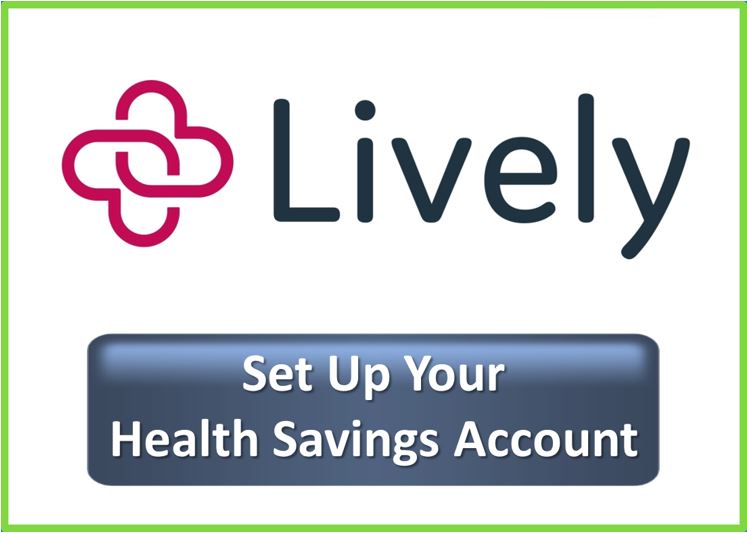Here’s a handy guide from Medicare.gov which explains when people can purchase Medicare supplement insurance policies.
Buy a policy when you’re first eligible
The best time to buy a Medigap policy is during your 6-month Medigap open enrollment period, because you can buy any Medigap policy sold in your state, even if you have health problems. This period automatically starts the month you’re 65 and enrolled in Medicare Part B (Medical Insurance). After this enrollment period, you may not be able to buy a Medigap policy. If you’re able to buy one, it may cost more.
During open enrollment
Medigap insurance companies are generally allowed to use medical underwriting to decide whether to accept your application and how much to charge you for the Medigap policy. However, if you apply during your Medigap open enrollment period, you can buy any Medigap policy the company sells, even if you have health problems, for the same price as people with good health.
Find your situation below:
Your Medigap open enrollment period begins when you enroll in Part B and can’t be changed or repeated. In most cases, it makes sense to enroll in Part B when you’re first eligible, because you might otherwise have to pay a Part B late enrollment penalty.I'm 65 or older.
The best time to buy a Medigap policy is during the 6-month period that begins on the first day of the month in which you’re 65 or older and enrolled in Part B. For example, if you turn 65 and are enrolled in Part B in June, the best time for you to buy a Medigap policy is from June to November. After this enrollment period, your option to buy a Medigap policy may be limited and it may cost more. Some states have additional open enrollment periods.I'm turning 65.
Federal law doesn’t require insurance companies to sell Medigap policies to people under 65. If you’re under 65, you might not be able to buy the Medigap policy you want, or any Medigap policy, until you turn 65. However, some states require Medigap insurance companies to sell you a Medigap policy, even if you’re under 65.I'm under 65.
If you have group health coverage through an employer or union because either you or your spouse is currently working, you may want to wait to enroll in Part B. Employer plans often provide coverage similar to Medigap, so you don’t need a Medigap policy. When your employer coverage ends, you’ll get a chance to enroll in Part B without a late enrollment penalty which means your Medigap open enrollment period will start when you’re ready to take advantage of it. If you enrolled in Part B while you still had the employer coverage, your Medigap open enrollment period would start, and unless you bought a Medigap policy before you needed it, you would miss your open enrollment period entirely.I have group health coverage through an employer or union.
Outside open enrollment
If you apply for Medigap coverage after your open enrollment period, there’s no guarantee that an insurance company will sell you a Medigap policy if you don’t meet the medical underwriting requirements, unless you’re eligible due to one of the situations below.
In some states, you may be able to buy another type of Medigap policy called Medicare SELECT. If you buy a Medigap SELECT policy, you have rights to change your mind within 12 months and switch to a standard Medigap policy.
Find your situation below:
If you have ESRD, you may not be able to buy the Medigap policy you want, or any Medigap policy, until you turn 65. Federal law doesn’t require insurance companies to sell Medigap policies to people under 65. * A Medigap policy isn’t available to people with ESRD under 65. ** A Medigap policy is only available to people with ESRD. If you’re already enrolled in Medicare Part B, you’ll get a Medigap open enrollment period when you turn 65. You’ll probably have a wider choice of Medigap policies and be able to get a lower premium at that time. Even if you don’t live in any of these states, some insurance companies may voluntarily sell Medigap policies to people under 65, although they will probably cost you more than Medigap policies sold to people over 65, and they can use medical underwriting. Check with your state about what rights you may have under state law. For state requirements, call your State Health Insurance Assistance Program (SHIP).I'm under 65 and am eligible for Medicare because of a disability or End-Stage Renal Disease (ESRD).
These states require the insurance companies to offer at least one kind of Medigap policy to people with Medicare under 65:
California*
Maryland
Oklahoma
Colorado
Massachusetts**
Oregon
Connecticut
Michigan
Pennsylvania
Delaware**
Minnesota
South Dakota
Florida
Mississippi
Tennessee
Georgia
Missouri
Texas
Hawaii
New Hampshire
Oklahoma
Illinois
New Jersey
Vermont*
Louisiana
New York
Wisconsin
Maine
North Carolina
During the Medigap open enrollment period, an insurance company can’t use medical underwriting. This means the company can’t do any of these things because of your health problems: In some cases, an insurance company must sell you a Medigap policy, even if you have health problems. You’re guaranteed the right to buy a Medigap policy: You may also buy a Medigap policy at other times, but the insurance company can deny you a Medigap policy based on your health.I have health problems.
The insurance company can’t make you wait for your coverage to start, but it may be able to make you wait for coverage if you have a pre-existing condition. In some cases, the Medigap insurance company can refuse to cover your out-of-pocket costs for these pre-existing health problems for up to 6 months (called the “pre-existing condition waiting period”). After these 6 months, the Medigap policy will cover your pre-existing condition. Coverage for the pre-existing condition can be excluded if the condition was treated or diagnosed within 6 months before the coverage starts under the Medigap policy. After this 6-month period, the Medigap policy will cover the condition that was excluded. When you get Medicare-covered services, Original Medicare will still cover the condition, even if the Medigap policy won’t cover your out-of-pocket costs, but you’re responsible for the coinsurance or copayment.I have a pre-existing condition.
If you have a pre-existing condition and buy a Medigap policy during your Medigap open enrollment period, and are replacing certain kinds of health insurance that counts as “Creditable coverage (Medigap),” it’s possible to avoid or shorten waiting periods for pre-existing conditions. If you have had at least 6 months of continuous prior creditable coverage, the Medigap insurance company can’t make you wait before it covers your pre-existing condition. There are many types of health care coverage that count as creditable coverage for Medigap policies, but they will only count if you didn’t have a break in coverage for more than 63 days.I have a pre-existing condition and am replacing creditable coverage.
If you have group health insurance through an employer or union, your Medigap open enrollment period will start when you sign up for Part B.I have other insurance.
I have a guaranteed issue right.








